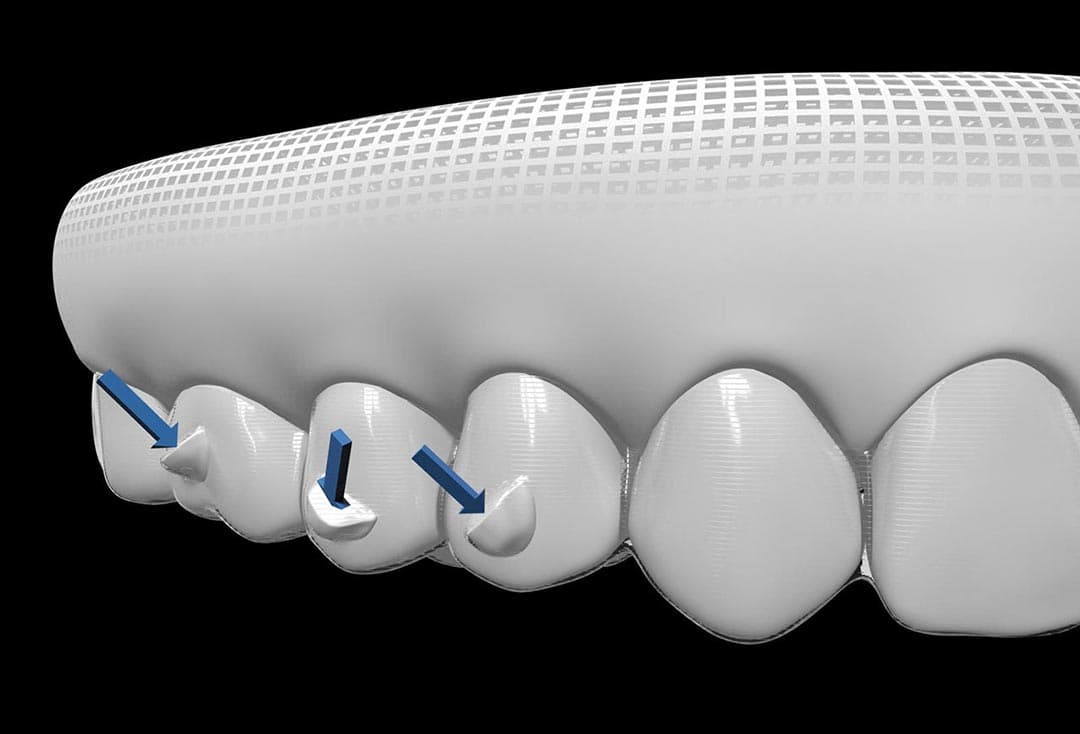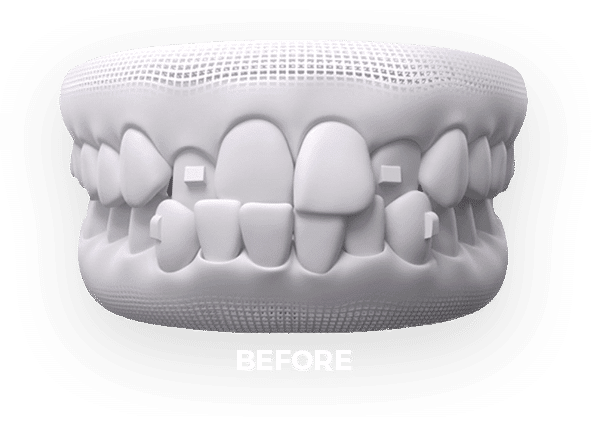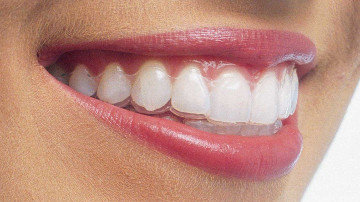Invisalign vs. Standard Dental braces: Which Option Is Right for You?
When thinking about orthodontic therapy, the selection in between Invisalign and conventional braces presents numerous vital elements that merit cautious assessment. Invisalign offers a discreet option with removable aligners, while typical braces offer a more visible yet reliable solution for serious imbalance. Each choice encompasses unique advantages and drawbacks related to aesthetics, convenience, treatment duration, and price. Understanding these nuances is important for making a notified decision that aligns with your personal choices and way of life. The concern remains: which alternative will ideal fulfill your orthodontic needs and expectations?
Summary of Therapy Options

In comparison, traditional dental braces include steel brackets and wires that are bonded to the teeth. This approach applies constant stress gradually to attain placement. While effective for complex orthodontic problems, standard dental braces call for normal gos to for adjustments and can present difficulties in maintaining dental hygiene as a result of the trouble of cleansing about wires and braces.
Both choices have their values, and the selection often rests on details oral conditions, way of living choices, and patient conformity. Ultimately, consulting an orthodontic expert is vital for identifying one of the most appropriate therapy strategy customized to specific needs. Comprehending the subtleties of each alternative can substantially influence the general success of orthodontic treatment.
Visual Considerations
A considerable variable affecting the choice in between Invisalign and typical dental braces is the aesthetic appeal each treatment offers. Invisalign aligners are crafted from clear plastic, making them virtually invisible when put on. This very discreet appearance is particularly appealing to adults and teens who might feel self-conscious regarding their orthodontic treatment. The capacity to keep an all-natural smile throughout the alignment procedure can dramatically improve the individual's confidence in expert and social setups.
On the other hand, conventional braces include steel brackets and cords, which can be extra obvious. While innovations in orthodontic innovation have caused the development of smaller brackets and tinted elastics, standard braces still preserve an even more conspicuous profile. For some individuals, the visibility of dental braces might prevent them from looking for required therapy.
Inevitably, the option in between Invisalign and traditional braces may hinge on individual preferences relating to visual appeals. People who focus on discernment usually favor Invisalign, while those who are less concerned about exposure might choose conventional braces. Comprehending the aesthetic effects of each choice is vital for making an educated choice that lines up with one's way of life and choices.
Convenience and Convenience

In terms of convenience, Invisalign aligners are removable, making it possible for clients to appreciate their preferred foods without restriction and maintain ideal oral health. Brushing and flossing are streamlined, as the aligners can be gotten during these regimens, whereas conventional braces call for mindful steering around cables and brackets.
In contrast, conventional braces demand normal changes, making them much less practical for those with hectic routines. Generally, the convenience and convenience of Invisalign make it an appealing selection for lots of individuals seeking orthodontic therapy.
Treatment Period and Effectiveness
While both Invisalign and traditional dental braces are effective in remedying oral imbalances, the period of therapy can differ dramatically between the two his response options. Generally, Invisalign treatment can take anywhere from 12 to 18 months, depending on the intricacy of the instance. The clear aligners function by gradually changing teeth right into their desired placements, and regular follow-ups with an orthodontist aid ensure progression remains on the right track.
On the other hand, standard braces commonly call for a longer dedication, typically ranging from 18 months to three years. This results from their fixed nature and using brackets and wires, which can be more reliable for serious imbalances and intricate situations (Invisalign). The therapy effectiveness of traditional dental braces is well-documented, as they permit for exact modifications and greater control over tooth movement
Inevitably, the choice in between Invisalign and traditional dental braces might depend upon both the awaited therapy period and the certain dental problems handy. Consulting with an orthodontist is crucial, as they can offer tailored suggestions based upon individual demands, making sure the chosen technique lines up with desired timeframes and end results.
Price Comparison and Insurance Coverage Choices
Cost plays a substantial role in the decision-making process for people taking into consideration orthodontic treatment, whether selecting Invisalign or standard braces. Typically, the price of Invisalign ranges from $3,000 to $8,000, while standard dental braces typically set you back between $2,000 and $6,000. Variables influencing these prices consist of the intricacy of the instance, the period of therapy, and geographical area.
Insurance policy coverage can considerably impact out-of-pocket expenditures. Lots of oral insurance coverage plans provide partial coverage for orthodontic therapies, yet the specifics can differ widely. It is crucial for clients to review their insurance plans to identify the extent of coverage for either choice. Normally, standard braces may be more websites often covered by insurance coverage plans contrasted to Invisalign, which some insurance companies categorize as an aesthetic treatment.
In addition, a number of orthodontic techniques provide versatile payment strategies, making both therapy choices extra obtainable. Individuals should make inquiries concerning prospective funding options and discounts for in advance repayments. Examining the total cost, consisting of insurance policy benefits and layaway plan, is essential for making a notified decision that lines up with both aesthetic choices and budget plan considerations.

Final Thought
In recap, the option in between Invisalign and traditional dental braces rests on multiple elements, consisting of visual choices, comfort, treatment period, and cost. Invisalign provides a discreet, detachable alternative that helps with dental health and nutritional adaptability, while conventional dental braces may be more appropriate for complex dental concerns and typically come with a reduced price factor. Inevitably, assessment with an orthodontist is necessary to examine individual situations and identify the most suitable therapy choice for accomplishing optimal dental positioning.
When considering orthodontic therapy, the selection in between Invisalign and conventional dental braces provides numerous crucial factors that merit mindful examination.Contrasting Invisalign and typical dental braces reveals distinct treatment options for orthodontic correction.While both Invisalign and traditional dental braces you could try these out are reliable in fixing oral misalignments, the duration of treatment can differ significantly between the 2 options.Price plays a significant function in the decision-making process for individuals taking into consideration orthodontic therapy, whether opting for Invisalign or conventional braces.In summary, the choice between Invisalign and standard dental braces hinges on numerous elements, consisting of aesthetic choices, comfort, treatment duration, and expense.